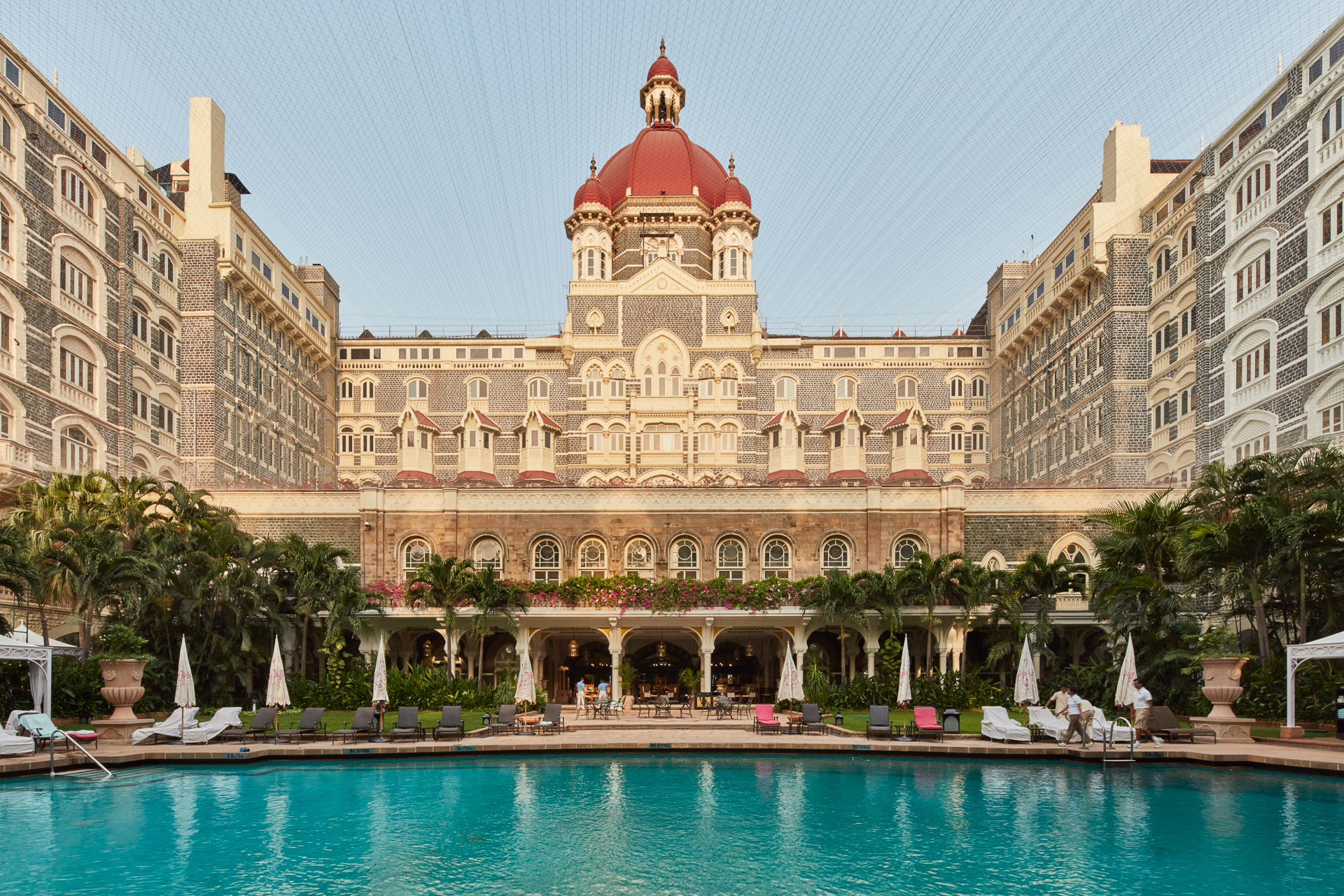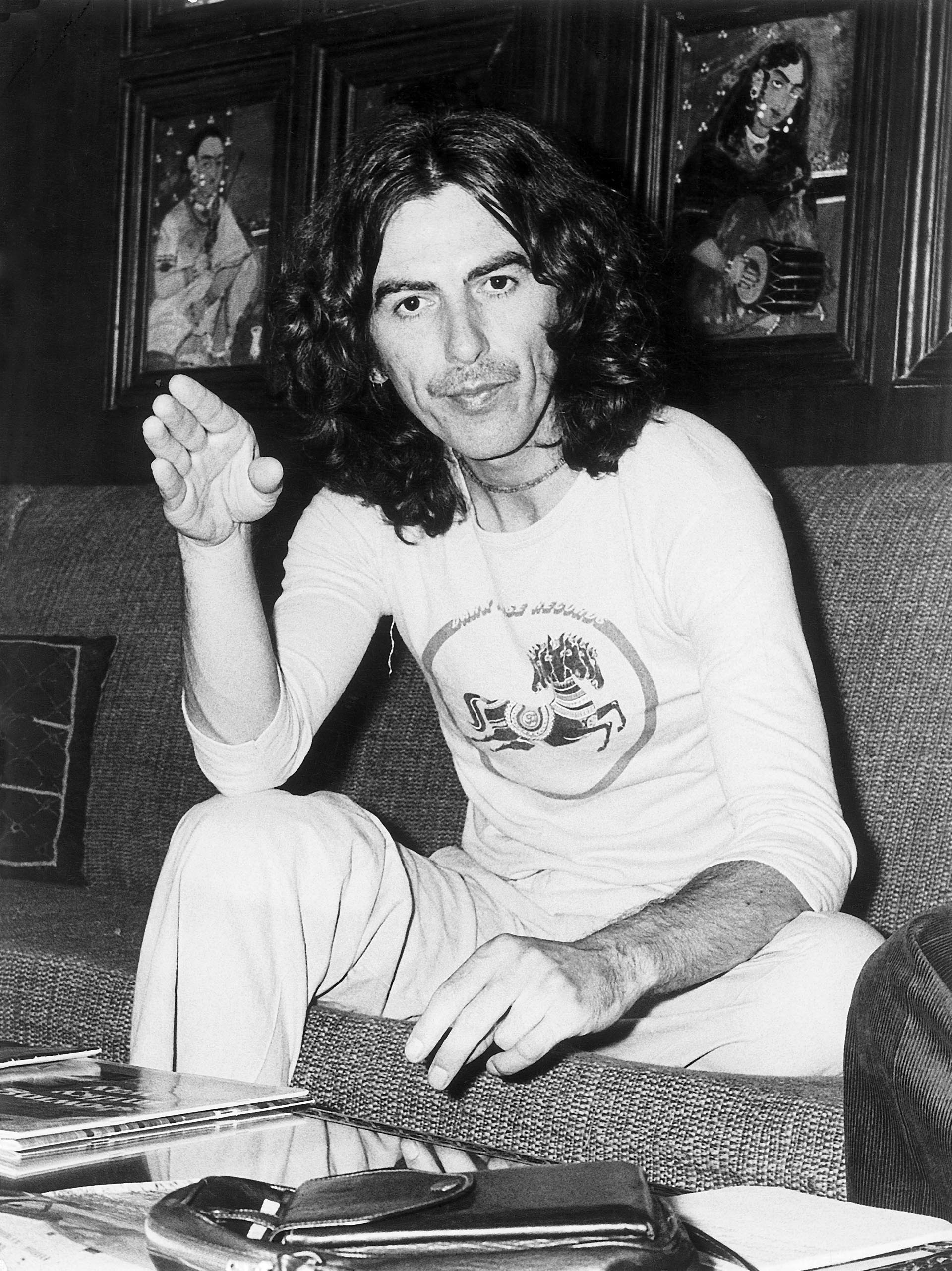
The Taj Mahal Palace | The Decadent Hotel that Was Home to India’s First Ever Nightclub
Everyone who was anyone was a regular at Blow Up but no one seems to remember anything about that time
If These Walls Could Talk… takes a look at the legendary stories behind some of the world’s most famous luxury hotels. Here we look back at the illustrious, resilient, opulent Taj Mahal Palace Hotel in Mumbai.
The Taj Mahal Palace Hotel: The Legend
There is a belief in India – taken from ancient Hindu scriptures – that a Guest is God. Nowhere is this philosophy – that visitors to your home should be honoured, respected, loved and taken care of – more evident than at the Taj Mahal Palace Hotel in Mumbai.
Legend has it that founder Jamsetji N. Tata – visionary founder of The Tata Group – opened the Taj (as it’s known to locals) after he was denied entrance to a nearby hotel with a sign outside that read, ‘No Dogs or Indians’. However, the official story – more likely than a very expensive act of revenge – is that he wanted to open a grand hotel to enhance the reputation of Bombay (now Mumbai) amongst the great cities of the world. And that he did.
Today, the Taj Hotel group has over 100 properties in India and around the world, but the flagship Mumbai location is more than a hotel. It is a landmark, a symbol of Indian modernity and hospitality, a social meeting point for the city’s well-to-do, and steeped in so much history that they even offer a daily heritage tour of the property.

The hotel – a striking fixture on the city’s skyline – is an impressive blend of European, Islamic, and Oriental style architecture – today has 565 rooms. The massive 240 foot high Moorish-Florentine dome is still used an official daytime triangulation point for ships of the Indian Navy. Inside exquisite Edwardian-Gujarati trellises and balustrades run from one end of the building to the other.
The Taj opened in 1903 with English butler service, Turkish baths, German lifts, and American fans. It was the first hotel to have electricity in India, and the first to have air-conditioning in Asia. Over the years, history has been made in every corner: Lord Mountbatten announced Indian independence from the steps of the Taj before sailing off back to England; French designer Pierre Cardin held the city’s first fashion show in the ballroom; while World War I saw the space converted into a 600-bed hospital.
The Taj was also home to India’s first nightclub, Blow Up, which opened in the late 1960s. Everyone who was anyone was a regular but – and this is probably a good sign – no one seems to remember anything about that time. The Harbor Bar, Mumbai’s first licensed bar and the chicest place to meet for a drink, has been going strong since 1933. In the 1970s, when a 22-storey tower annex was added (known today as the Tower Wing) it included India’s first 24-hour restaurant, Shamiana.

But it’s the people – both the guests and the staff – that are really the heart and soul of the Taj.
“Early on, the hotel was loved by Indian Princesses and Maharajas from all over the country,” explains Nisha Dhage, Director of Public Relations for the Taj Mahal Palace Hotel. “They saw it as a luxurious escape from the formality of their home states, yet it maintained the palatial standards of living they were used to.” From Maharajas to foreign dignitaries and celebrities, the list of world-famous guests who have resided at the regal hotel is endless.
A glass display near the main lobby showcases a handful of photos of some of the people who have stayed at the hotel: from Emperor King George V and Queen Mary in 1909, to Aldous Huxley, George Bernard Shaw, Jackie Onassis, Mick Jagger, the Duke and Duchess of Cambridge, Oprah Winfrey, Madonna, the Dalai Lama, Bill Clinton – even President Obama, who stayed in 2010 and booked out the entire hotel and all the restaurants. There are too many well-known faces to display at once, so the photographs are rotated regularly.

“When Gregory Peck came in the fifties, he was much taller than the average Indian, and the Taj carpenters had to add inches to the bed so he could sleep comfortably,” recounts Dhage. “And when we had John Lennon and Yoko Ono stay in the sixties, they were on a protest and refused to leave the room or see anyone. They were in the Rajput suite, and our staff had to leave trays outside the door. They stayed in their room for 5 days.” Unfortunately, there is no record of what they were protesting. Lennon’s fellow Beatle, George Harrison, also checked in to the hotel, and spent his time taking sitar lessons with Indian music legend Ravi Shankar in what is now the Ravi Shankar suite.
The discreet Press Director cannot be drawn on wild tales of celebrities behaving badly. “People don’t really come to India to behave wildly,” she tells me. Apparently, when Brad Pitt and Angelina Jolie stayed, no one really cared. “I don’t think most people knew who they were.” On the other hand, a cricket player from anywhere in the world will bring not just the hotel, but the whole area, to a standstill.

In 2008, during coordinated terrorist attacks on the city, gunmen stormed the hotel, barricading themselves inside for 3 days while detonating bombs and shooting guests. Despite knowing every exit and escape route, not one of the 1,500 staff left the building during the horrific ordeal. Instead, they all stayed at their posts – from the telephone operators who provided invaluable information on the whereabouts of the terrorists, to the General Manager who continued to lead his team even after he found out his wife and children – who lived on the 6th floor of the hotel – had been killed.
Mumbai-based fashion designer Sunaina Puri was having dinner with her father in Japanese restaurant Wasabi when the terrorists entered the building. “The staff were calm, composed, and selfless throughout,” she tells me. “They led us to a safer section of the hotel almost immediately.”

“They were offering us drinks, asking us if we needed anything and reassuring us. They must have been as terrified as the rest of us, but you would never have known. No one panicked.” Members of staff eventually led Puri and a small group out of the hotel through a back passage. They showed them the way but waited for the guests to leave first.
The heroic response, and dedication to duty, that the Taj staff displayed in the face of chaos and terror have since been the subject of a Harvard Business Review case study, titled ‘The Ordinary Heroes of the Taj’. Their spur-of-the-moment bravery saved innumerable lives, and the Taj came to represent not just opulence in the Indian psyche, but resilience.
The Taj Mahal Palace Hotel: The Location

Mumbai is a gritty and glamorous city – it’s India’s financial capital, home to the fashion and movie industries, but also to Asia’s largest slum. It’s a place of contrasts – rich and poor, old and new, traditional and forward-looking. Much like New York, it’s a city that never sleeps where people come from all over the country to follow their dreams and live amidst the chaos.
The hotel stands at the southernmost tip of Mumbai in Colaba, majestically overlooking the Arabian Sea just in front of the Gateway of India – the ceremonial stone arch built to commemorate the 1914 state visit of George V and Queen Mary.

Colaba is compact, tourist-friendly, and walkable – unlike some other parts of the city. Some of the best restaurants in town can be found in the hotel itself, but they are also some of the most expensive. For a more authentic taste of India, take a short walk to Leopold Cafe, a Mumbai institution that provided much of the backdrop to the popular novel Shantaram.
If shopping is your thing, you’ll find luxury leather travel accessories at Nappa Dori, jewellery at Curio Cottage, and everything else you’ll want to take home at Clove – a modern Indian concept store. At the other end of the shopping spectrum, there’s Colaba Causeway or Crawford Market, where you can find cheap clothes, fruit, shoes, and other bargains.
The Taj Mahal Palace Hotel: The Lowdown

The restaurants at the Taj offer much more than just hotel dining. Wasabi by Morimoto – a contemporary Japanese with spectacular views overlooking The Gateway – wouldn’t be out of place in New York or London. Golden Dragon, India’s first Sichuan restaurant, is still the best dim sum in town; Souk offers Middle Eastern food with spectacular views; and the Sea Lounge is a charming space for breakfast, traditional English tea, and local Indian finger food.
Room rates fluctuate depending on the time of year (December or wedding season is high season) but start at INR 12,000 (£126.85) per night in the Tower wing, and INR 18,000 (£190.27) per night in the Palace wing. Suites including the Ravi Shankar Suite start at INR 500,000 (£5,285.46) per night. The price of the 5,000 sq.ft Presidential Suite, also known as the Tata Suite, with its own business centre and dining room is only available on request – which tells you all you need to know.
Visit Taj.Tajhotel.com for booking details
Malika Dalamal is a freelance journalist. Keep up with her on Twitter.